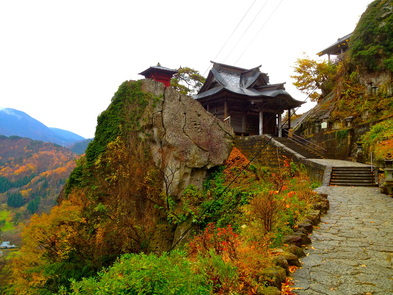
Last week there was yet another national holiday in Japan so I took advantage of my day off and went on a three hour drive to the Yamagata prefecture do some temple hunting.
A few friends came along and we found a place called Yama-dera which translates to Mountain Temple. It is a national designated "Place of Scenic Beauty" and historic site. The original name for the temple is Hojusan Risshaku-ji but most people call it Yama-dera perhaps because it is easier. It is a very holy place with ancient religious remnants dating back over a thousand years ago. The temple was founded in the year 860 by the priest Jikaku Daishi. Holy ritual fire was brought over from the main temple in Kyoto and the eternal flame still burns today almost a thousand years later. Buddhist monks regularly climb the 1000+ steps to get to the main temple as a pilgrimage. There are little signs throughout the climb that mark how many steps you`ve taken. I thought it was going to be a strenuous hike but it was incredibly beautiful and leisurely. We often stopped to take pictures and there was so much to look at that I didn`t notice the steps. Stone Buddhist and Hindu statues lined the way to the top. Starting from the bottom there were smaller temples and shrines and Jizo figures everywhere.
There were also vendors selling Tama- Konyaku which are potatoes that have been stewed to become a gelatine texture and are shaped into small balls and eaten with mustard. Japanese people love this snack because on cold days it is a quick warm nosh that has zero calories! The taste was interesting but I wasn't too keen about the jello texture.
After the first set of stairs at the base of the mountain is the "konpon-chudo" which is the main entrance of Yama-dera. Here you can see a Buddha statue which is called "nadebotoke" which means that you can rub the statue for good health. If you have a part of your body that you want to heal then you rub that part of the Buddha statue.
There are also Jizo figures in many different sizes. Jizo statues are the ones that look like child monks and they are protectors of travelers, women, and children. Jizo Boddhisatva is a revered holy figure in Mahayana Buddhism. He is meant to guide travelers in the right direction both in the physical realm and in the spiritual world. Jizo statues are often placed at crossroads or intersections to help people find their way.There was a shrine that was specifically for women who had miscarried their babies to pray at and make a wish for their deceased child and hope for new life. You can tell it is a Jizo shrine specifically for mothers and babies because the statues are often draped in children`s clothing or bibs. Clothing is placed over the statue to invoke the spirit of Jizo to protect their deceased child`s spirit or to aid sick children back to health. There were also many shrines with hundreds of tiny Jizo statues specifically called `onegai Jizou` and people can buy the little figures and place them at the shrine to make a wish.
The Japanese poet Matsuo Basho composed a famous haiku while he was walking through Yama-dera.
"The stillness, sinking into stones, the cicadas cry"
Although there were no cicadas crying out in a choral cacophony, the stillness that Basho describes that seems to seep into the every stone and step rings true. There was a calm presence that allowed me to observe and feel peaceful as I gazed upon statues thousands of years old and shared the same steps that holy men took to find enlightenment.
The steps leading up to the top were surrounded by an ancient cedar forest. The stone statues that guide your way, the immense cliffs and stone formations, and the exuberant emerald tone of the mossy rocks gave this forest a mystical ambiance that captivated me the entire way up the mountain. Like I mentioned before, I didn`t even notice the steps because I was distracted by all of the interesting statues, the towering trees, the intricate stone carvings, breathtaking panoramic mountain views, and the beautiful wooden temples.
The one temple that is probably the most popular from a photographic standpoint is actually only halfway up the mountain. It is a larger temple and a smaller red cliff temple, there is also a tree house called Godaido Hall behind/ on top of it that you can take amazing panoramic shots from. I have seen photos of this temple in every season and it is always beautiful. The bigger temple is called Kaisando Hall and is dedicated to the temple's founder Jikaku Daishi.
After 1015 steps you reach the top to a temple called "Okunoin". Although it was beautiful I honestly enjoyed the hike up the mountain better than getting to the end. On the way back down the mountain my friend noted that her knees were hurting and the instant she said that, we all acknowledged our sore legs. Mine felt wobbly and jelly-like but I hadn`t noticed until we were almost at the bottom. I was enveloped by the mountain`s rich history and beauty. The rest of the world beyond this place seemed far away, quieted by distance and time. My mind was at peace and my body knew no suffering. It was as if I participated in a pilgrimage wandering through an ancient forest that is full of hopes, wishes, and prayer and I was opened to a spiritual experience that allowed me to connect peacefully with the energy of the mountain and its temples. I know that sounds really flighty but I don`t know how else to describe what I felt there.
This was one of the most breathtakingly beautiful and historically interesting places I have visited in Japan so far.
After the climb we were all famished so we went in search of some famous Yonezawa Beef. We found a great restaurant that was reasonably priced (some yonezawa beef can cost over $100 for a steak). The cut of steak that I ate was so tender it melted in my mouth and I was in beef heaven. I haven`t had a decent steak since I`ve been here so this was such a treat. Oishii desu! I had such a fun day exploring!
A few friends came along and we found a place called Yama-dera which translates to Mountain Temple. It is a national designated "Place of Scenic Beauty" and historic site. The original name for the temple is Hojusan Risshaku-ji but most people call it Yama-dera perhaps because it is easier. It is a very holy place with ancient religious remnants dating back over a thousand years ago. The temple was founded in the year 860 by the priest Jikaku Daishi. Holy ritual fire was brought over from the main temple in Kyoto and the eternal flame still burns today almost a thousand years later. Buddhist monks regularly climb the 1000+ steps to get to the main temple as a pilgrimage. There are little signs throughout the climb that mark how many steps you`ve taken. I thought it was going to be a strenuous hike but it was incredibly beautiful and leisurely. We often stopped to take pictures and there was so much to look at that I didn`t notice the steps. Stone Buddhist and Hindu statues lined the way to the top. Starting from the bottom there were smaller temples and shrines and Jizo figures everywhere.
There were also vendors selling Tama- Konyaku which are potatoes that have been stewed to become a gelatine texture and are shaped into small balls and eaten with mustard. Japanese people love this snack because on cold days it is a quick warm nosh that has zero calories! The taste was interesting but I wasn't too keen about the jello texture.
After the first set of stairs at the base of the mountain is the "konpon-chudo" which is the main entrance of Yama-dera. Here you can see a Buddha statue which is called "nadebotoke" which means that you can rub the statue for good health. If you have a part of your body that you want to heal then you rub that part of the Buddha statue.
There are also Jizo figures in many different sizes. Jizo statues are the ones that look like child monks and they are protectors of travelers, women, and children. Jizo Boddhisatva is a revered holy figure in Mahayana Buddhism. He is meant to guide travelers in the right direction both in the physical realm and in the spiritual world. Jizo statues are often placed at crossroads or intersections to help people find their way.There was a shrine that was specifically for women who had miscarried their babies to pray at and make a wish for their deceased child and hope for new life. You can tell it is a Jizo shrine specifically for mothers and babies because the statues are often draped in children`s clothing or bibs. Clothing is placed over the statue to invoke the spirit of Jizo to protect their deceased child`s spirit or to aid sick children back to health. There were also many shrines with hundreds of tiny Jizo statues specifically called `onegai Jizou` and people can buy the little figures and place them at the shrine to make a wish.
The Japanese poet Matsuo Basho composed a famous haiku while he was walking through Yama-dera.
"The stillness, sinking into stones, the cicadas cry"
Although there were no cicadas crying out in a choral cacophony, the stillness that Basho describes that seems to seep into the every stone and step rings true. There was a calm presence that allowed me to observe and feel peaceful as I gazed upon statues thousands of years old and shared the same steps that holy men took to find enlightenment.
The steps leading up to the top were surrounded by an ancient cedar forest. The stone statues that guide your way, the immense cliffs and stone formations, and the exuberant emerald tone of the mossy rocks gave this forest a mystical ambiance that captivated me the entire way up the mountain. Like I mentioned before, I didn`t even notice the steps because I was distracted by all of the interesting statues, the towering trees, the intricate stone carvings, breathtaking panoramic mountain views, and the beautiful wooden temples.
The one temple that is probably the most popular from a photographic standpoint is actually only halfway up the mountain. It is a larger temple and a smaller red cliff temple, there is also a tree house called Godaido Hall behind/ on top of it that you can take amazing panoramic shots from. I have seen photos of this temple in every season and it is always beautiful. The bigger temple is called Kaisando Hall and is dedicated to the temple's founder Jikaku Daishi.
After 1015 steps you reach the top to a temple called "Okunoin". Although it was beautiful I honestly enjoyed the hike up the mountain better than getting to the end. On the way back down the mountain my friend noted that her knees were hurting and the instant she said that, we all acknowledged our sore legs. Mine felt wobbly and jelly-like but I hadn`t noticed until we were almost at the bottom. I was enveloped by the mountain`s rich history and beauty. The rest of the world beyond this place seemed far away, quieted by distance and time. My mind was at peace and my body knew no suffering. It was as if I participated in a pilgrimage wandering through an ancient forest that is full of hopes, wishes, and prayer and I was opened to a spiritual experience that allowed me to connect peacefully with the energy of the mountain and its temples. I know that sounds really flighty but I don`t know how else to describe what I felt there.
This was one of the most breathtakingly beautiful and historically interesting places I have visited in Japan so far.
After the climb we were all famished so we went in search of some famous Yonezawa Beef. We found a great restaurant that was reasonably priced (some yonezawa beef can cost over $100 for a steak). The cut of steak that I ate was so tender it melted in my mouth and I was in beef heaven. I haven`t had a decent steak since I`ve been here so this was such a treat. Oishii desu! I had such a fun day exploring!
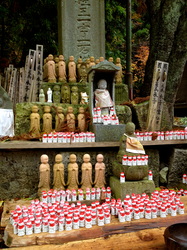
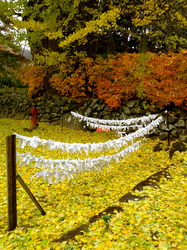

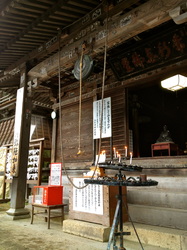
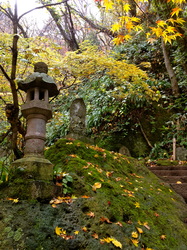
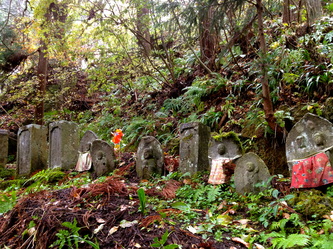
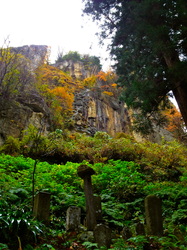
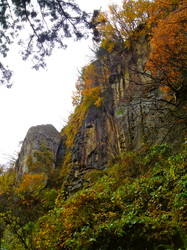
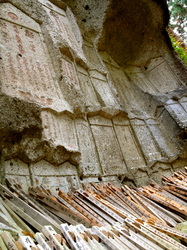
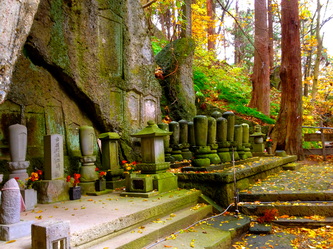
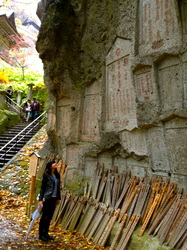
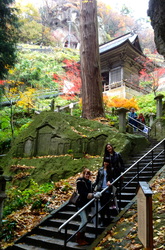
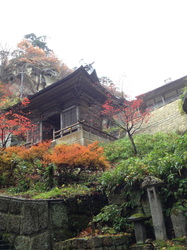
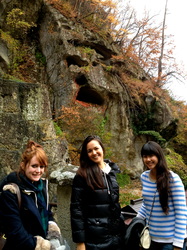
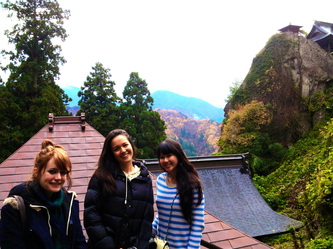
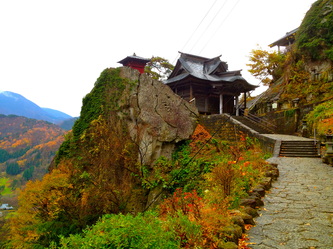
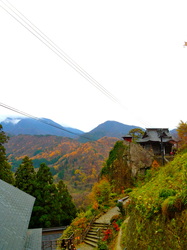
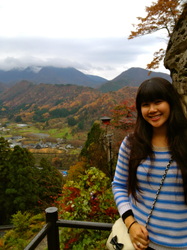
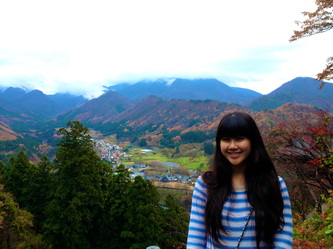
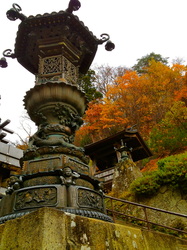
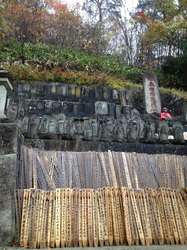
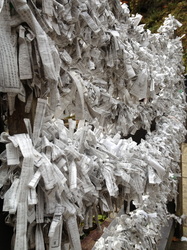
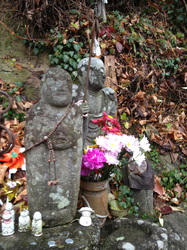
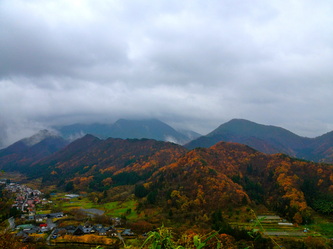
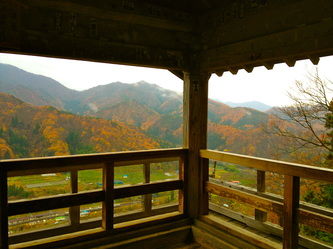
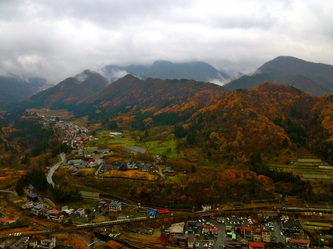
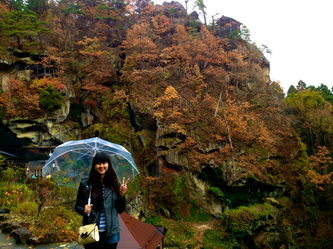
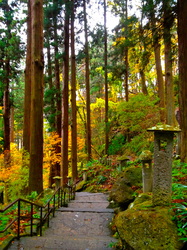
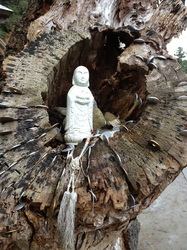
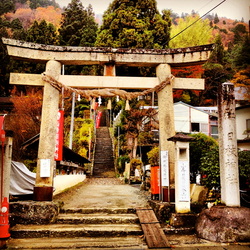
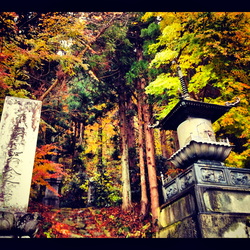
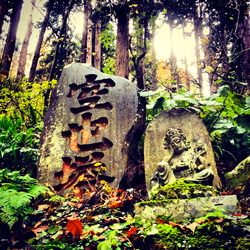



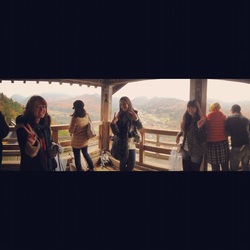


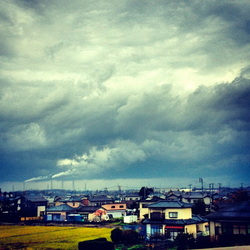
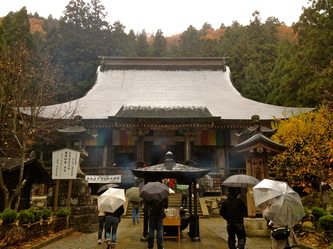
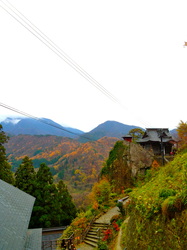
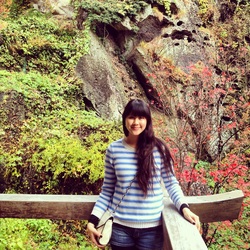
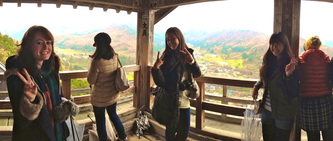
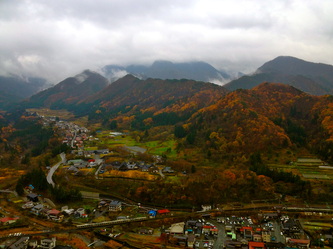
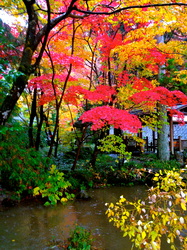
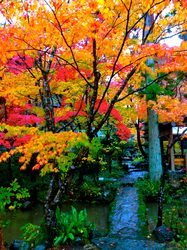

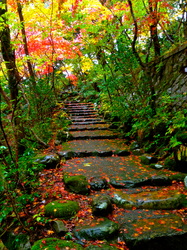
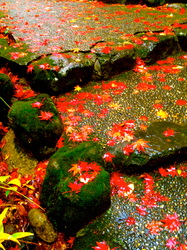
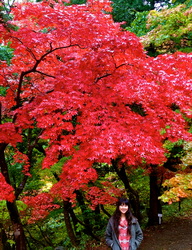
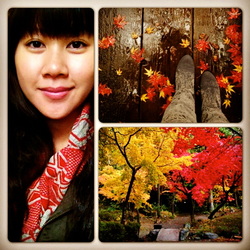
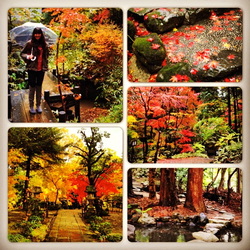
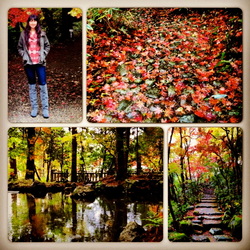


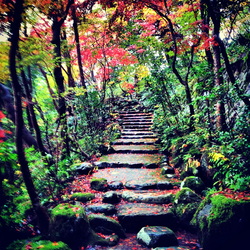
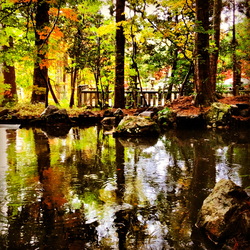
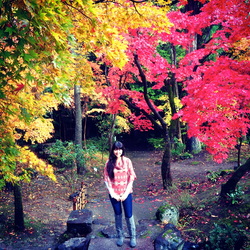
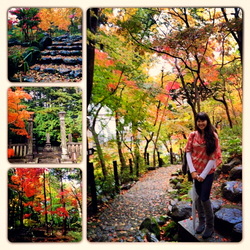
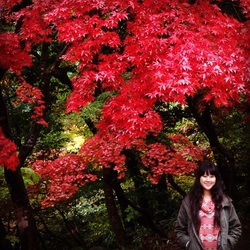
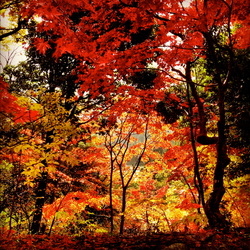

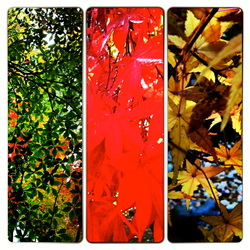
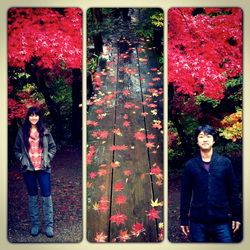
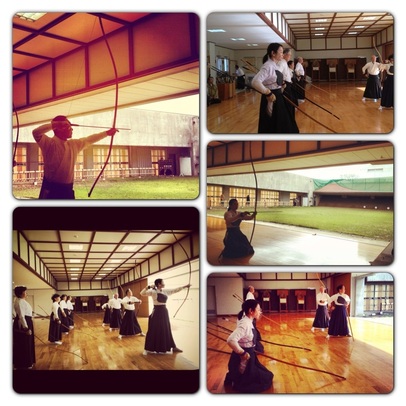
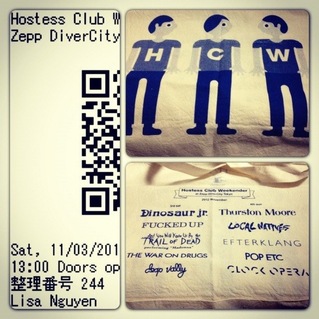
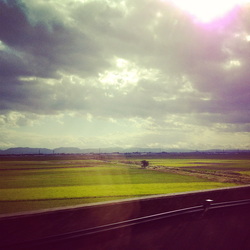
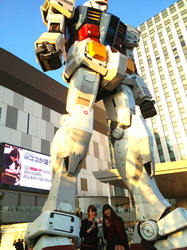
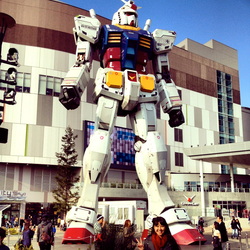
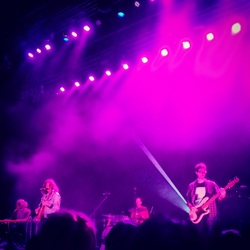

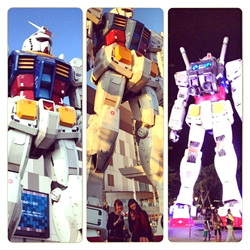

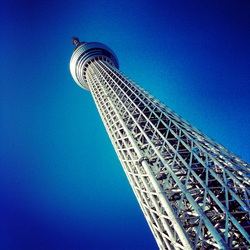
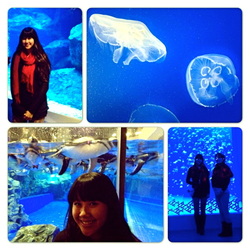
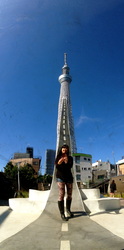


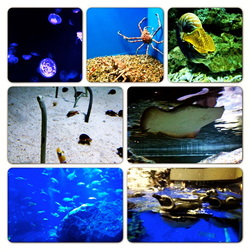

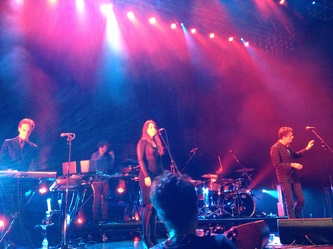

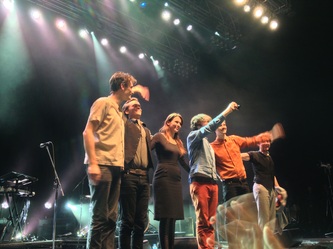
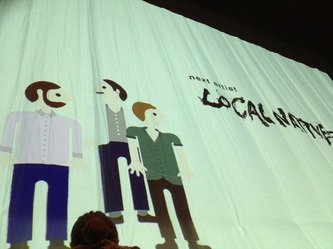
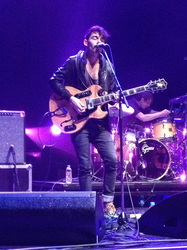




 RSS Feed
RSS Feed